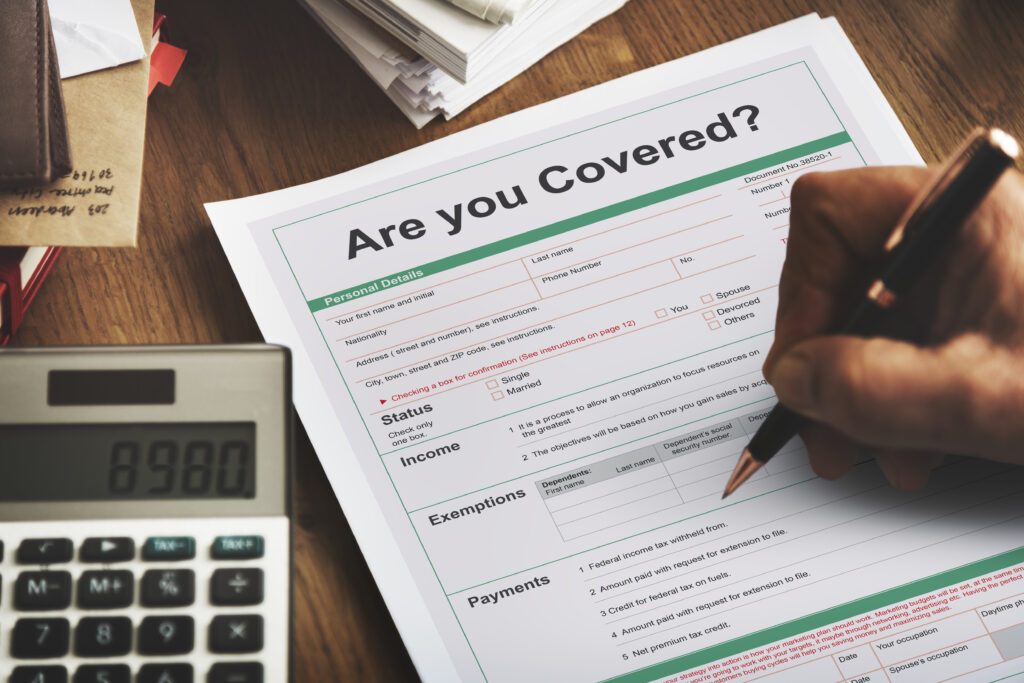How Inflation Impacts Your Savings & Investments: A Deep Dive
Have you ever glanced at your bank balance and thought, “I’m saving regularly, so I’m doing okay…” – only to realize a year later that it doesn’t cover as much as it used to? Whether it’s groceries, medicines, rent, or even your child’s school fees, everything costs more today than it did yesterday. That’s inflation creeping in — silently. You’re not alone. Most of us don’t feel the sting of inflation immediately, but over time, it gnaws away at your savings and makes your long-term goals that much harder to reach. Let’s put this into perspective. Suppose you have ₹5 lakh lying in a savings account that earns about 3.5% annually. Meanwhile, inflation in India averages around 6%. On paper, you’re earning interest. But in reality? Your money is losing value subtly, year after year. Fast-forward just a few years, and the same money will buy you a significantly smaller slice of life. We don’t notice it day-to-day, but over time, inflation eats into our financial future. That’s why it’s vital to not only understand what inflation does — but also learn how to fight it, smartly and confidently. So let’s take a deep dive into understanding what inflation really does to your savings and investments — and how you can inflation-proof your wealth in 2025 and beyond. What Exactly Is Inflation (And Why It Matters) In the simplest terms, inflation means rising prices. The longer explanation? Inflation is how much more you need to pay for the same goods or services over time. So the ₹500 dinner that felt cheap in 2010 now costs ₹1,200 in 2025. According to the Reserve Bank of India (RBI), the consumer inflation rate has averaged around 5–6% over the last few years. Check out RBI’s inflation data here:📘 https://www.rbi.org.in/Scripts/BS_PressReleaseDisplay.aspx Why Should You Care? Because inflation doesn’t just make things cost more — it makes your money worth less. In other words, inflation is the silent tax we all pay — without getting a receipt. Why Your Savings Aren’t Actually “Safe” In India, many people still treat the bank account as the ultimate safe space. And while keeping some liquid cash is smart, parking too much in low-interest instruments (looking at you, savings accounts & FDs) could backfire in the long run. Let’s look at the numbers: You see the mismatch? Even with FDs that look “safe,” your money might just be running in place — or worse, falling behind. How Inflation Impacts Different Investment Options Let’s break it down. Here’s how inflation takes a bite out of different types of investments: 🟢 Equity Mutual Funds & Stocks 💡 Example: ₹5,000 monthly SIP over 15 years in an index fund? Could grow to ₹25–30 lakhs (assuming 12% CAGR).👉 Try using the free SIP Calculator from Groww: https://groww.in/calculators/sip-calculator 🟡 Gold (Physical, ETF, or Sovereign Gold Bonds) Gold shines brightest during inflation or economic uncertainty. It’s not income-generating, but prices often rise when inflation spikes. ➡️ Want the safest way to invest in gold? Check out Sovereign Gold Bonds, issued by RBI:https://www.rbi.org.in/Scripts/BS_PressReleaseDisplay.aspx?prid=55703 🔵 Debt Instruments (PPF, EPF, Bonds, FDs) These are stable, but unfortunately don’t always beat inflation. Use them for: But don’t depend on them entirely for long-term wealth. 🟣 Real Estate Potential winner against inflation — if bought wisely. Property values tend to grow over time… but: Pro tip: Only invest in real estate if you can afford the down payment and upkeep. Here’s the Catch: Real Wealth = Returns Above Inflation To actually build wealth, your returns need to beat inflation consistently. If inflation is 6% and you’re earning 5% — you’re going backward. Life goals like education and retirement will cost a lot more in the future. According to an article by ET Wealth, education inflation in India is nearly 10–12% annually:🔗 https://economictimes.indiatimes.com/wealth 5 Simple and Smart Ways to Beat Inflation Today Ready to fight back? Here are steps anyone can take — even if you’re not a finance expert. 1. Start SIPs in Equity Mutual Funds Investing regularly in mutual funds is one of the easiest ways to beat inflation. Start small (even ₹500/month) and be consistent. 🔗 Learn everything about SIPs here: https://www.investopedia.com/terms/s/sip.asp 2. Increase Your SIP Every Year Just like expenses rise, increase your investments too. A 10% yearly bump in SIPs keeps you ahead of inflation. 3. Don’t Hoard Cash Keep only emergency savings in the bank. Every extra rupee should be invested wisely. 4. Diversify Everything Mix mutual funds, PPF, gold, and maybe real estate. A bit of everything protects you from market swings. 5. Review Your Portfolio Check your investments annually. Shifting strategies a little every few years keeps things healthy. Should You Change Your Strategy? Not radically — but reviewing your financial plan every year is smart. Ask yourself: 💡 If you’re unsure, use robo-advisors like: They simplify your investment decisions. Final Thoughts: Inflation Isn’t the Enemy, Ignoring It Is Inflation won’t slow down — but you can speed up your financial game. Yes, prices rise. Yes, savings accounts don’t keep up. But no, that doesn’t mean you’re doomed, or that investing is risky. Start small. Stay consistent. Diversify smartly. And most importantly — be inflation-aware. Because the future belongs to those who not only save but invest wisely.
How Inflation Impacts Your Savings & Investments: A Deep Dive Read More »









